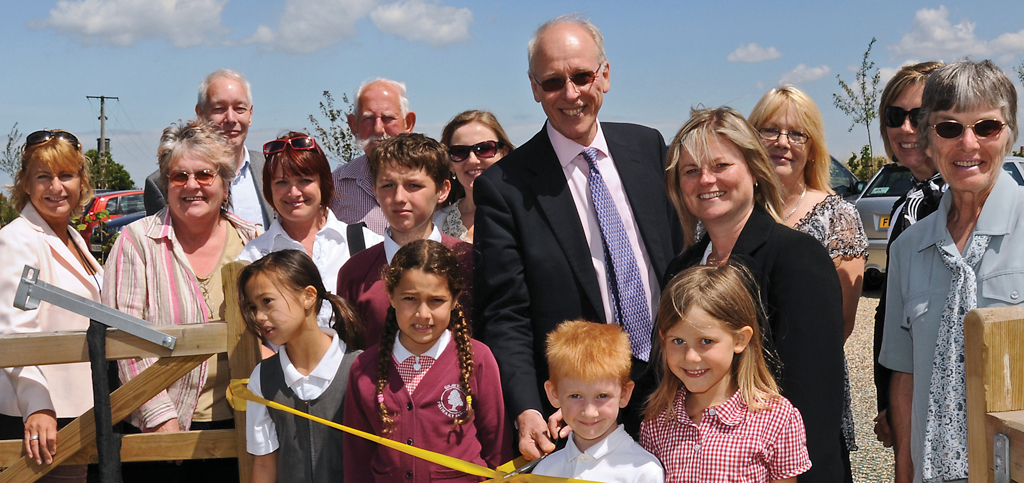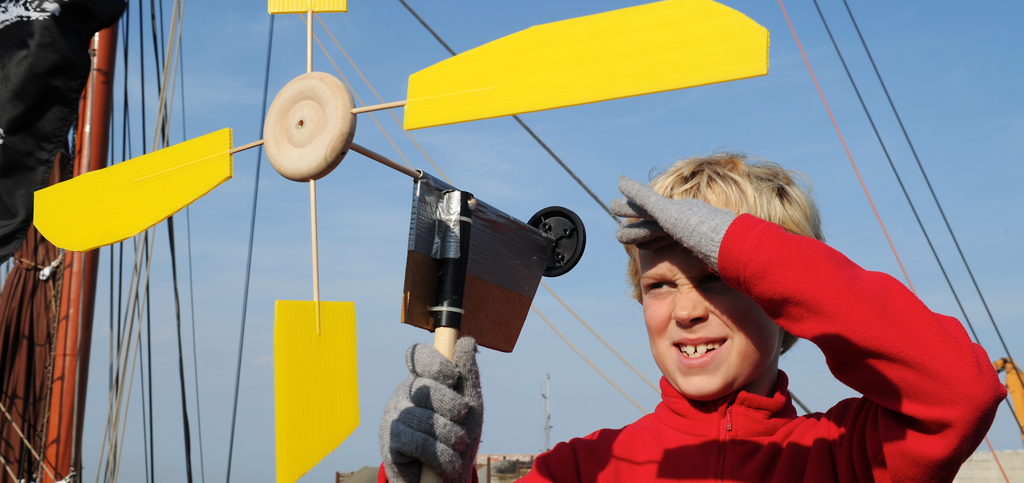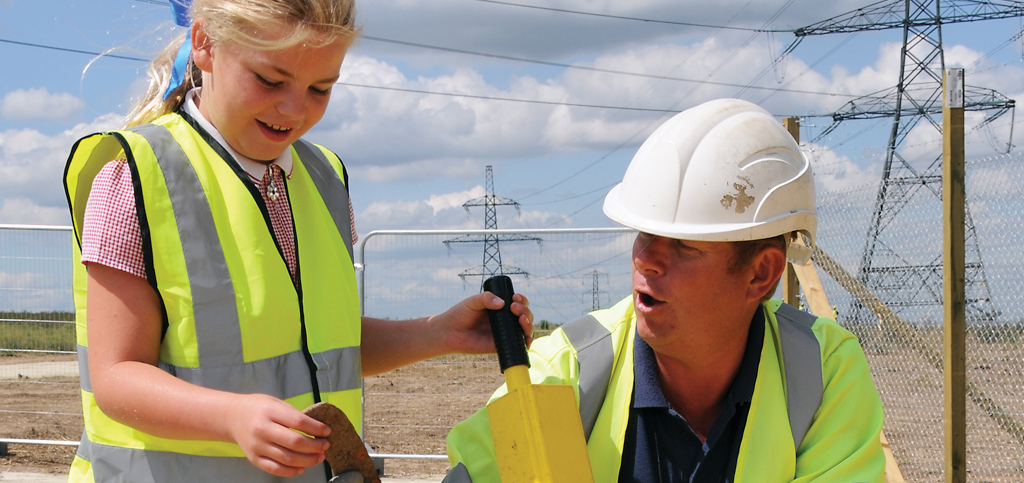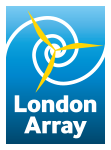
London Array is capable of producing enough power to meet the needs of some 584,000 homes

The turbines’ aerodynamically-shaped blades capture the wind’s energy, causing them to rotate. The blades spin a shaft, which connects to a generator and makes electricity. Further details of how this works can be found here.
Electricity is generated in all but the calmest conditions with the turbines hitting full power once the wind reaches 29mph. Wind farms such as London Array work by harvesting the natural energy present when the wind blows and then using it to generate clean, renewable electricity.
In general, the windier it is, the better it is for power production, which is one reason why wind farms are increasingly being built further offshore: winds out at sea tend to be stronger than on land or close to shore.

London Array generates electricity throughout the year, with output higher in the winter months when both the wind and consumer demand are stronger. We can’t do anything about the weather but we can make sure the turbines are kept in optimum condition ready to take full advantage of the available wind. This work is undertaken by our team of 70 technicians, based at Ramsgate, who carry out ongoing maintenance.
The power from the turbines is taken by undersea cables to an offshore substation, where the electricity is pooled and has its voltage boosted ready for transmission to shore and onward distribution for use by consumers.

At London Array, 187 array cables link the 175 turbines to each other and then to one of two offshore substations. Here, the electricity is stepped up from 33kV to 150kV before being taken by one of four export cables to our onshore substation at Cleve Hill, near Graveney in north Kent.
At Cleve Hill, the voltage is further increased and then fed directly into the 400kV national electricity grid, ready for distribution. London Array produces enough power to meet the needs of some 584,000 homes.
